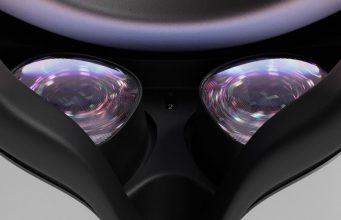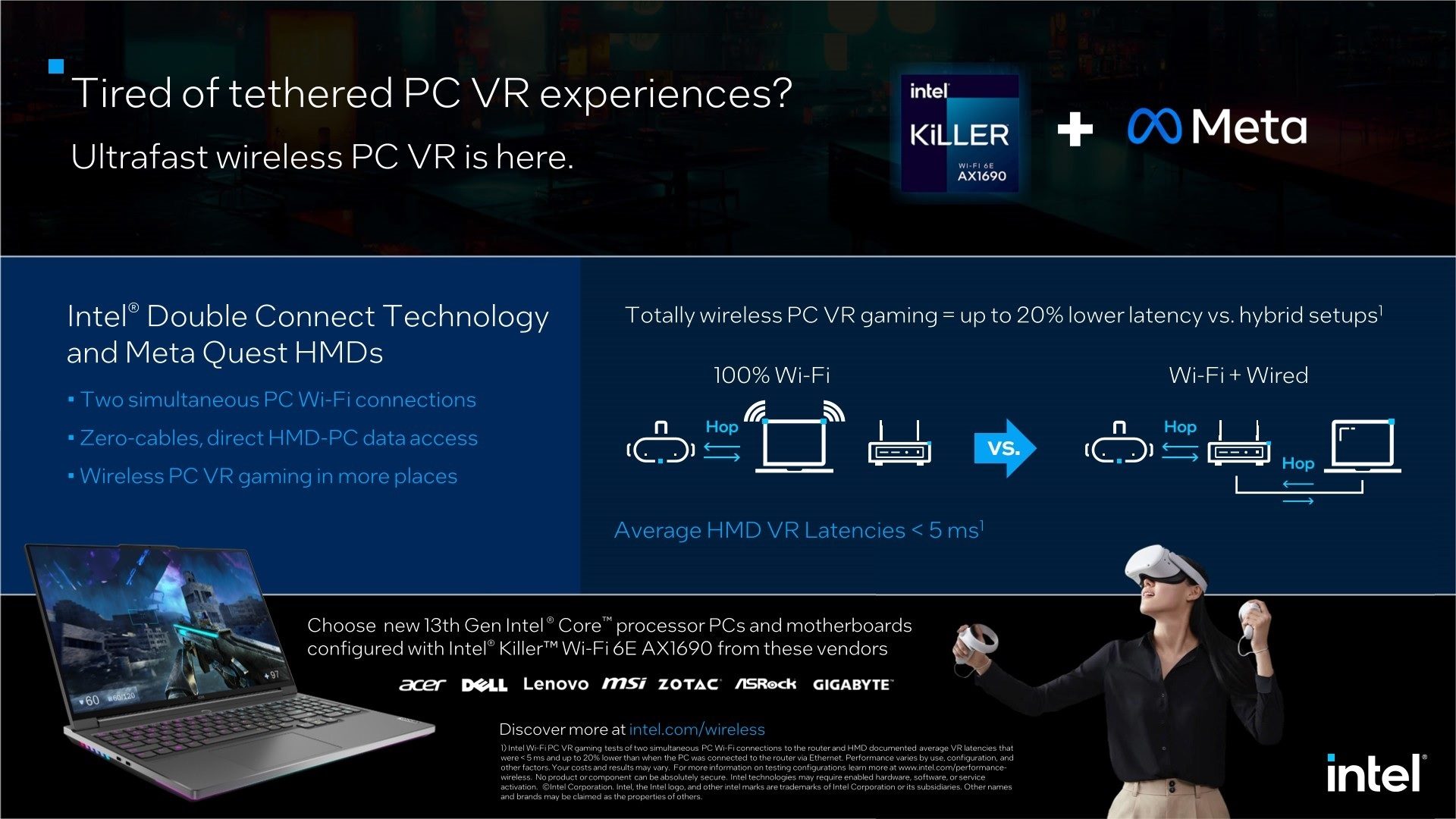Popular Quest 2 PC Streaming Software Adds ‘Super Resolution’ Feature for Enhanced Visuals
Virtual Desktop has collaborated with Qualcomm to integrate the company’s Snapdragon Game Super Resolution, a software enhancement squarely targeted at increasing the wireless streaming quality and latency of PC visuals to Quest 2 and Pico devices.
Virtual Desktop is a great tool not only because it provides standalone headset users wireless access to their computers, but because its developer, Guy Godin, is constantly adding in new features to tempt users away from using built-in solutions, e.g. Air Link.
That’s a tall order since built-in stuff like Air Link are typically free and usually pretty great, letting Quest and Pico users connect to their VR-ready PCs to play games like Half-Life: Alyx, but Virtual Desktop goes a few steps further. With its PC native application developed for high quality wireless streaming, you can do things like cycle through multiple physical monitors and even connect to up to four separate computers—a feature set you probably won’t see on the Air Link change log.
Now Godin has worked with Qualcomm to integrate the company’s Snapdragon Game Super Resolution for built-in upscaling, essentially creating higher resolution images from lower resolution inputs so it can be served up to standalone headsets in higher fidelity. Check out the results below:
Because producing clearer visuals with fewer resources is the name of the game, Qualcomm says in a blog post that its techniques can also reduce wireless bandwidth, system pressure, memory, and provide power requirements.
Godin says in a Reddit post that the new upscaling works with “Potato, Low, Medium quality (up to 120fps) and High (up to 90fps), and it upscales to Ultra resolution under the hood. It can work with SSW enabled as well and doesn’t introduce any additional latency.”
You can get Virtual Desktop on Quest over at the Quest Store, priced at $20. It’s also available on Pico Neo 3 and Pico 4, and will also soon arrive on Vive Focus 3 and XR Elite too, Godin says.
Update (10: 30 ET): Guy Godin reached out to Road to VR to correct that the new Snapdragon Game Super Resolution is available on Quest, Pico, and will soon come to Vive Focus 3 and XR Elite. We’ve included that in the body of the article.


